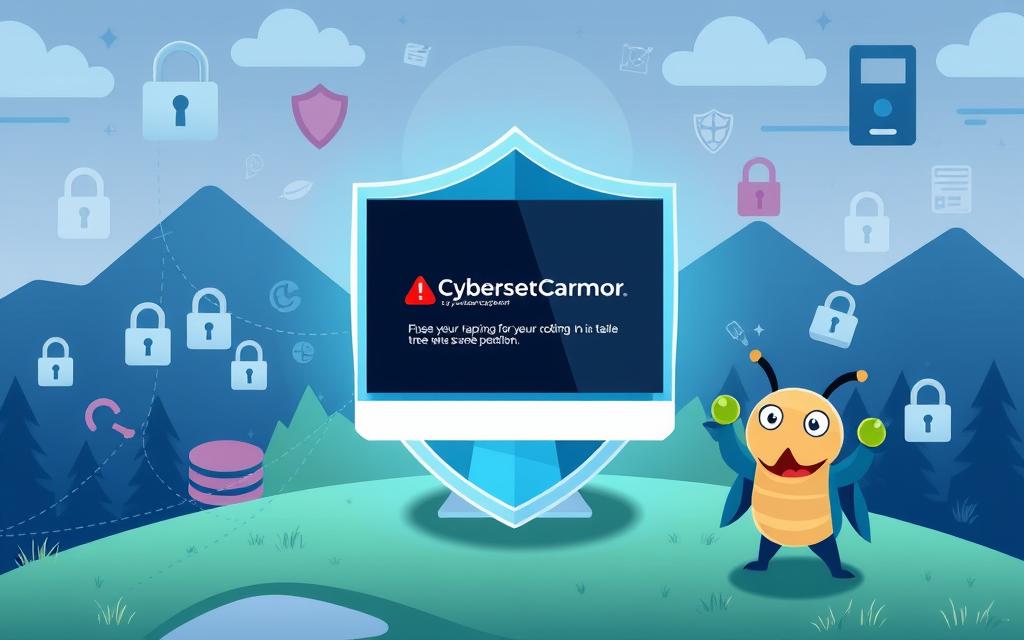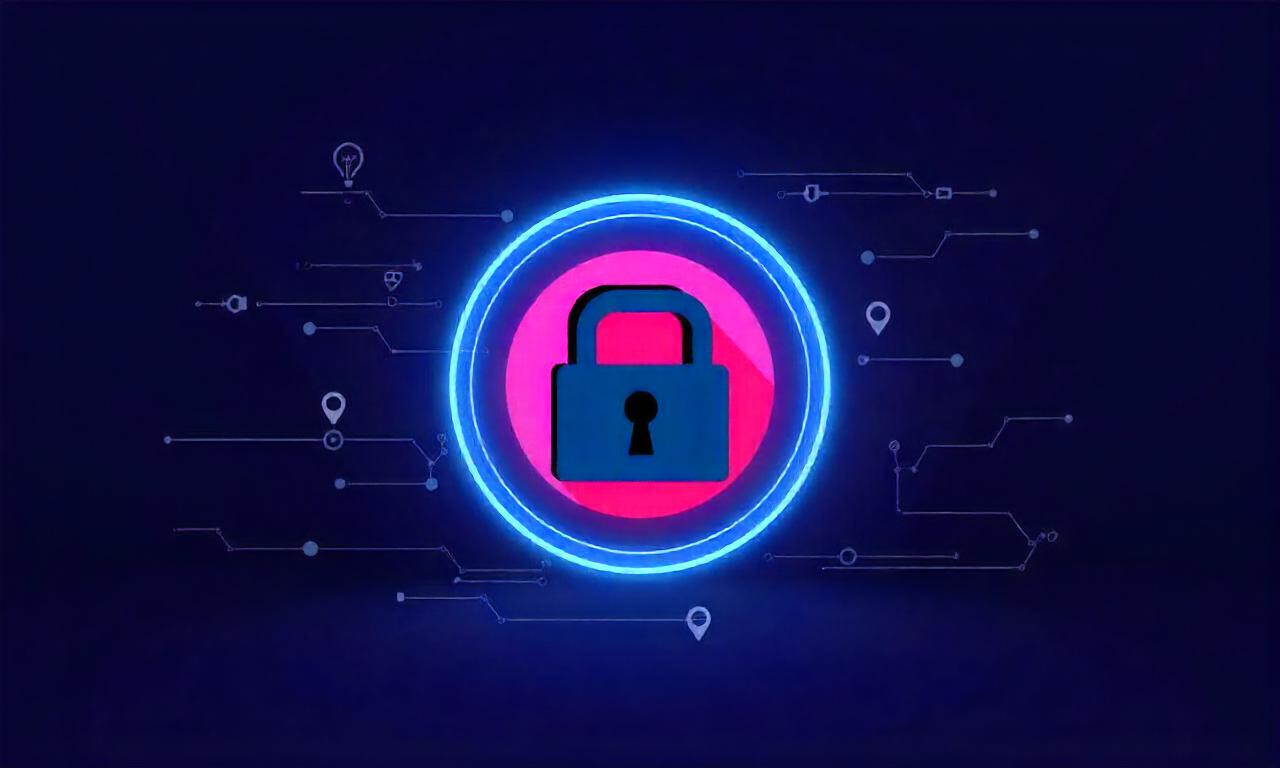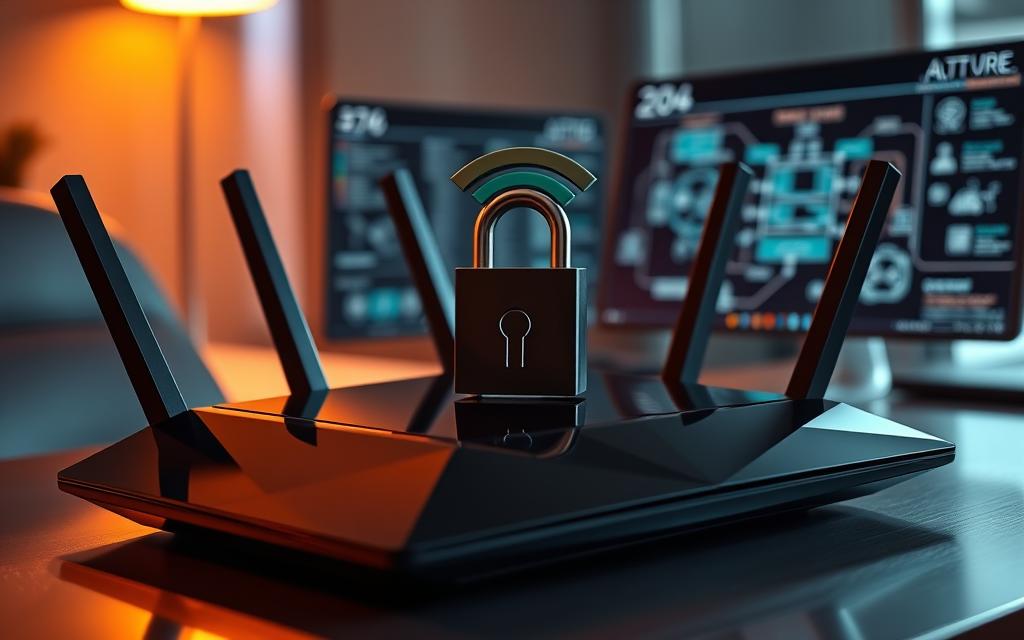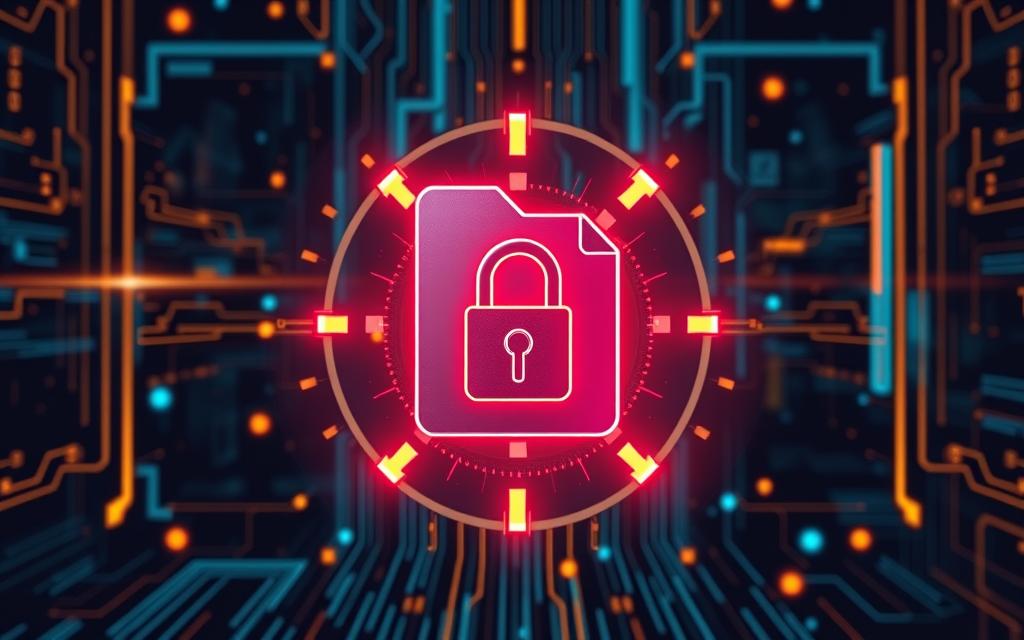In our modern world, we face many malware threats. Keeping our systems safe is a big task. Sometimes, we run into malware false positives. This happens when ZoneAlarm security software mistakes a file or program as a threat.
This can cause confusion and disrupt our work. In this article, we’ll look at why these false positives happen. We’ll also discuss how to spot them and fix them. Plus, we’ll talk about how to avoid them in the future.
Learning about malware false positives helps us stay safe online without worry. This guide is for everyone, whether you’re a tech expert or just starting with cybersecurity. It will give you the knowledge and tools to handle malware false positives with ZoneAlarm.
Table of Contents
ToggleUnderstanding Malware False Positives
In the world of cybersecurity, a false positive is when a security software, like ZoneAlarm, mistakes a harmless file or program for malware. This mistake can cause panic, disrupt systems, and waste time. Let’s look into what false positives are and why they happen.
What is a False Positive?
A false positive means a security tool or antivirus software incorrectly labels a harmless file or app as malicious. This mistake can come from many sources, like updates to the software, changes in how a program works, or conflicts with other system programs. Knowing what a false positive is helps us tell real threats from harmless software.
Common Causes of False Positives
There are several reasons why a security tool like ZoneAlarm might flag something as a false positive. Some of the main causes include:
- Software Updates: Updates to security software can sometimes make it wrongly identify files as threats.
- Software Behavior Changes: Changes in how software works can lead security tools to think it’s a threat.
- Software Conflicts: Conflicts between different programs can cause false positives in security software.
- Overly Sensitive Detection: Some security tools might be too sensitive, giving false positives on harmless files or programs.
Knowing why false positives happen can help users deal with them. This keeps systems safe without causing unnecessary problems.
Why ZoneAlarm Flags False Positives
As a top ZoneAlarm security software provider, we know how key it is to spot malware well. But, sometimes, ZoneAlarm’s ZoneAlarm malware detection can mistake new software or updates for threats. This leads to ZoneAlarm false positive alerts.
ZoneAlarm false positive triggers happen because it’s very good at finding threats. Its ZoneAlarm security features aim to be safe, which sometimes means it wrongly flags harmless files or apps.
Knowing why ZoneAlarm false positive detection happens helps us fix it. This keeps our security high without causing trouble.
Causes of ZoneAlarm False Positives
- New software or updates that ZoneAlarm doesn’t know are safe yet
- Conflicting signs or patterns between ZoneAlarm’s threat database and real program files
- ZoneAlarm’s security settings being too strict in some cases
- Issues with ZoneAlarm and other security or system software on the device
By knowing what causes ZoneAlarm false positive issues, we can handle them better. This keeps our devices safe without interrupting our work or fun online.
Identifying Malware False Positive Alerts with ZoneAlarm
Dealing with malware detection can be tough, especially when we’re trying to tell real threats from false alarms. When ZoneAlarm, a top security tool, spots a possible malware issue, it’s key to know the difference between a real threat and a false positive alert. By spotting the signs of a ZoneAlarm false positive, we can keep our systems safe and avoid problems.
Identifying False Positive Alerts
Here are some ways to spot false positive alerts from ZoneAlarm:
- Unfamiliar file or program name: ZoneAlarm might flag a file or program you know is safe and harmless.
- Inconsistent or low-level threat severity: If the alert doesn’t match the actual risk, it could be a false positive.
- Unusual software behavior: If the program is acting normal and showing no signs of trouble, it’s probably a false positive.
By paying attention to these signs, we can better figure out if ZoneAlarm’s alerts are real or not. This helps us deal with real threats and ignore false alarms.
| Characteristic | Explanation |
|---|---|
| Unfamiliar file or program name | ZoneAlarm may flag a file or program that you recognize as a legitimate, non-threatening application. |
| Inconsistent or low-level threat severity | If the alert seems disproportionate to the actual risk, it may be a false positive. |
| Unusual software behavior | If the flagged program is functioning normally and not exhibiting any suspicious activities, it’s likely a false positive. |
Knowing these signs of false positive alerts from ZoneAlarm helps us handle malware threats better. This keeps our systems safe and secure.
Resolving Malware False Positive Issues
If you’ve seen a false positive alert from ZoneAlarm, there are steps to fix it. First, try excluding the file or folder from ZoneAlarm’s scan. This stops the software from seeing it as a threat. Also, keep your ZoneAlarm software updated. This makes sure its detection is accurate and current, lowering the chance of false positives.
Excluding Files and Folders
To exclude a file or folder from ZoneAlarm’s scan, follow these steps:
- Open the ZoneAlarm Control Center.
- Navigate to the ‘Firewall’ or ‘Antivirus’ section, depending on where the false positive was detected.
- Look for an option to ‘Exclude Files and Folders’ or something similar.
- Add the specific file or folder path that was flagged as a false positive.
- Save the changes and close the ZoneAlarm Control Center.
Updating ZoneAlarm
It’s important to keep your ZoneAlarm software up-to-date to fix false positives. Developers often release updates that improve detection accuracy and fix issues. Here’s how to update your ZoneAlarm software:
- Open the ZoneAlarm Control Center.
- Check for any available software updates.
- If an update is available, download and install it promptly.
- Restart your computer to ensure the changes take effect.
By following these steps, you can solve malware false positive issues with ZoneAlarm. This will also help prevent similar problems in the future.

Preventing Future Malware False Positives
To keep our systems safe and avoid the hassle of false positives with ZoneAlarm, we must follow best practices. Keeping our system secure and being alert helps us avoid security software false detections in the future.
First, we should make sure our system and all software are always up-to-date. Old programs can sometimes cause false positive alerts. Keeping everything current helps prevent ZoneAlarm false positives. We should also watch closely when installing new software or making system changes. These actions can lead to false detections.
Checking ZoneAlarm’s detection settings and exclusions regularly helps us keep our system safe and cut down on false positives. By setting the program to recognize safe applications and processes, we make sure ZoneAlarm only targets real threats. This way, it doesn’t flag harmless files or programs.
By following these best practices, we can keep a good balance between security and avoiding unnecessary alerts. This approach not only prevents future malware false positives with ZoneAlarm. It also keeps our system secure and reliable.
Best Practices for Safe Computing
Keeping your system safe and up-to-date is key to avoiding false positives and security issues. Make sure to update your operating system, apps, and security tools like ZoneAlarm often. This keeps your system safe from new threats and makes sure your security tools work well.
Keeping Software Updated
Updating your software is vital for safe computing and protecting against malware. These updates often fix security holes and boost your system’s defenses. Regular updates help prevent false positives and keep your system running smoothly.
- Enable automatic software updates whenever possible to ensure your system is always current.
- Prioritize updating your operating system, web browsers, and security software to maintain optimal software updates.
- Be cautious of any updates that seem suspicious or come from untrusted sources, as they could potentially introduce malware.
| Benefit | Description |
|---|---|
| Improved Security | Software updates often include security patches that address known vulnerabilities, reducing the risk of successful attacks. |
| Enhanced Functionality | Updates can introduce new features and improvements to your software, enhancing its capabilities and performance. |
| Reduced False Positives | Updating your security software helps ensure its detection algorithms are up-to-date and accurate, minimizing the likelihood of false positive detections. |
By focusing on safe computing, keeping software updated, and doing regular system maintenance, you can lower the risk of malware and false alarms from tools like ZoneAlarm. These cybersecurity best practices are crucial for a secure and efficient system.
Seeking Professional Assistance
ZoneAlarm is a strong security tool, but sometimes you might need help with false positive issues or complex security problems. If you’re having trouble fixing malware false positive alerts with ZoneAlarm, it’s best to get help from the ZoneAlarm support team or a cybersecurity expert.
The ZoneAlarm support team knows a lot about security issues, including getting rid of advanced malware and solving complex problems. They can give you detailed help and advice to fix your issue and keep your system safe.
Sometimes, the problem is too hard and you need a cybersecurity pro. These experts will check your system carefully, find any weak spots, and give you specific advice to fix the false positive issues and boost your security. Their help can be really important in solving tough security problems and giving you expert advice.
Getting professional help can give you the support you need to deal with ongoing false positive issues, protect your system from malware, and keep your computing safe. Don’t be afraid to contact the ZoneAlarm support team or a skilled cybersecurity expert if you need more help or a full security solution.
The Impact of False Positives
False positive alerts from security tools like ZoneAlarm might seem like a small annoyance. But they can really affect how we use our computers and how well they work. Getting too many false positives can cause delays, make us lose time, and even make us feel less safe if we ignore the warnings.
False positives can have big effects. They can slow down our systems, make it hard to access files, and force us to reinstall software. This can be a big problem for people who need their devices for important work or urgent tasks.
Also, false positives can make us doubt the security of our systems. If we get too many false alarms, we might stop paying attention to real threats. This puts our data and devices at risk. It’s important to know how false positives can affect us to keep our computers safe and running smoothly.
FAQ
What is a malware false positive?
A malware false positive happens when a security tool, like ZoneAlarm, mistakes a harmless file or program for malware.
What are the common causes of false positives?
False positives can stem from updates in security software, changes in software behavior, or conflicts with other system programs.
Why does ZoneAlarm flag false positives?
ZoneAlarm’s advanced detection algorithms might misidentify software, especially new releases or updates.
How can we identify false positive alerts from ZoneAlarm?
Spotting false positives involves looking at the file or program name, warning severity, and any odd behavior. This helps tell real threats from safe software.
How can we resolve malware false positive issues with ZoneAlarm?
To fix false positives, exclude the file or folder from ZoneAlarm scans. Also, keep ZoneAlarm updated for precise detection.
How can we prevent future malware false positives?
Avoiding future false positives means keeping your system and software updated. Regularly check and adjust ZoneAlarm’s settings and exclusions to prevent misidentification.
What are the best practices for safe computing?
For safe computing, keep your system and software updated. Regular updates protect against threats and ensure ZoneAlarm’s accuracy.
When should I seek professional assistance?
If you’re still facing false positive issues with ZoneAlarm or worry about your system’s security, get help from ZoneAlarm support or a cybersecurity expert.
What is the impact of false positive detections?
False positives from tools like ZoneAlarm can cause disruptions, lost time, and a false sense of security. It’s key to understand this to keep your system safe and efficient.
















